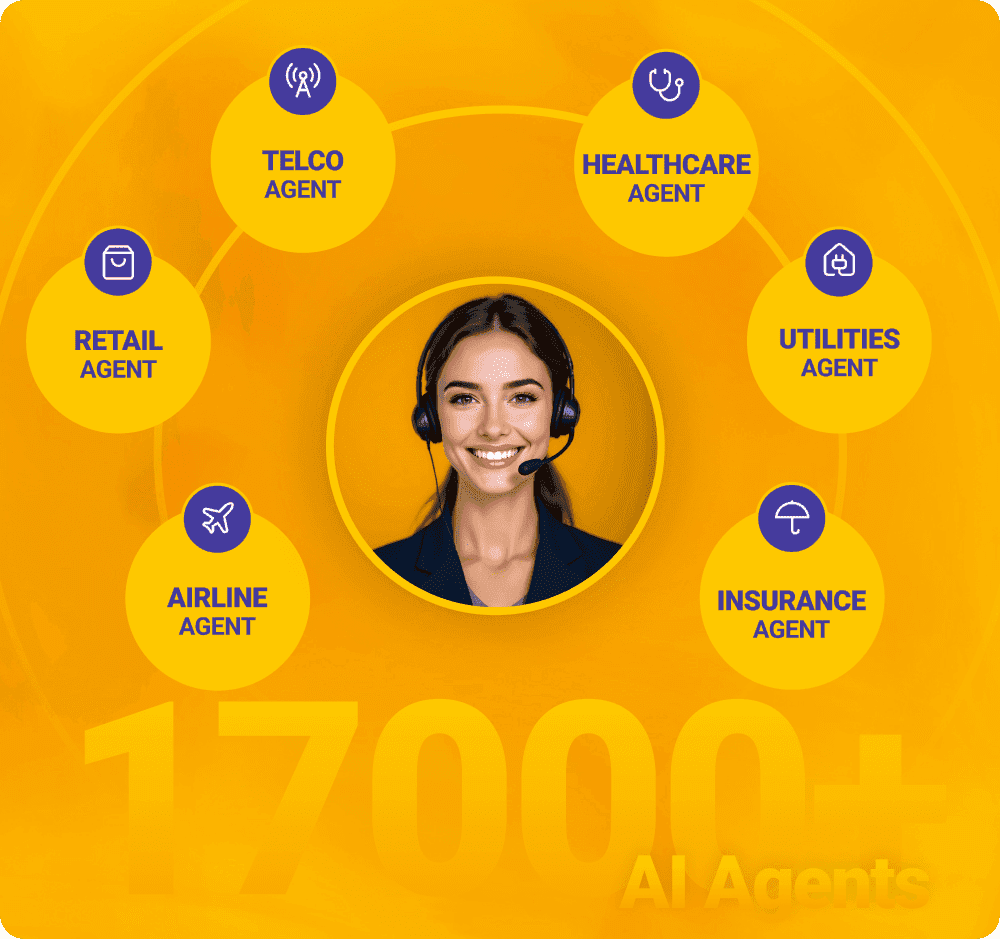In the world of technology, AI chatbots have become indispensable tools for businesses looking to enhance customer interaction, streamline operations, and provide instant support 24/7. One of the cutting-edge tools that has changed this space is OpenAI’s ChatGPT, known for its robustness and flexibility. In today’s article, we’re diving into how you can train an AI chatbot using the ChatGPT API, specifically tailored with your own custom knowledge base to deliver a unique and effective user experience.

Why a Custom Knowledge Base?
Before we jump into the “how,” let’s talk about the “why.” A custom knowledge base allows your chatbot to not just be any chatbot, but one that understands your business intricacies and can handle queries specific to your niche or industry. This customization enhances the chatbot’s relevance and accuracy, making interactions more valuable to your users. Imagine being able to speak to a chatbot, that is as smart as ChatGPT, but trained on your own data. Known examples of this can be found in Teneo Knowledge AI and Teneo RAG which lets you quick start your journey.
Train an AI Chatbot with Custom Knowledge base using ChatGPT API
In the section below, we will go through the steps to training an AI Chatbot with Custom Knowledge base using ChatGPT API in 5 steps.
Step 1: Define Your Knowledge Base
The first step involves defining the scope of your knowledge base. This means deciding what information your AI chatbot should know and understand. Are you a retailer wanting to provide customer service? Or perhaps a tech company looking to offer troubleshooting tips? Your knowledge base should include FAQs, detailed explanations of your products or services, industry-specific terms, and any other relevant information.
Step 2: Prepare Your Training Data and choosing a RAG model
Once you’ve defined your knowledge base, you need to prepare your data for training and choosing a Retrieval-augmented generation (RAG) model. This involves structuring your data in a way that the ChatGPT model can learn from. Typically, this would involve formatting your data into a series of prompts and responses that mimic real interaction scenarios between the chatbot and users while making use of the assistants API available for GPT. The other thing you need to prepare for is choosing which RAG model you should have. Here, there are multiple options to choose from, varying between Amazon Bedrock, and Amazon OpenSearch, to Azure OpenAI, and Azure AI Search which is available on the Generative QnA template.
Step 3: Fine-Tuning ChatGPT with Your Data
With your data ready, the next step is fine-tuning. OpenAI provides the capability to fine-tune models like ChatGPT on specific datasets. You’ll need to use the OpenAI API to upload your training data and run the fine-tuning process. Here, the assistants API come to especially use. This step essentially involves training the ChatGPT model on your custom dataset until it can effectively handle queries as you intend it to.
Step 4: Integrating the Fine-Tuned Model
After your model is trained, integrate it into your AI chatbot application. This involves setting up the API calls to interact with your fine-tuned model instead of the standard ChatGPT model. Your AI chatbot is now ready to understand and respond based on the custom knowledge you’ve provided. Alternatively, you can choose to integrate your AI chatbot with a platform like Teneo to publish your bot on a website.
Step 5: Testing and Iteration
Training your chatbot doesn’t end with integration. Like any other application, testing is crucial. Engage users in a beta phase to see how the chatbot performs in real-world scenarios. Collect feedback, observe the interactions, and make adjustments to your model as needed. Iteration is key to refining the AI chatbot’s responses and enhancing user experience. Here, using Teneo would help the user to both test and read the logs that are produced by the AI chatbot. Helping the user to take relevant actions on different moments.
Subscribe to Our Newsletter
Building AI Agents with Teneo
Teneo makes integrating your AI Agent effortless with its intuitive platform and built-in AI integrations. Whether deploying on websites, messaging apps, or voice systems, Teneo’s no-code tools ensure a smooth process for technical and non-technical teams alike.

With Teneo Agentic AI and access to popular tools for analytics, Teneo simplifies multi-channel deployment and ongoing optimization. This enables faster implementation and better user experiences, helping your chatbot achieve its full potential seamlessly. In addition to giving the opportunity to orchestration of AI Agents.
Conclusion
Training an AI chatbot with a custom knowledge base using the ChatGPT API isn’t just about programming a tool; it’s about crafting a conversational partner that aligns closely with the needs and nuances of your business. The process might seem daunting at first, but with careful planning and execution, the result is a highly effective and specialized tool that boosts your customer engagement and satisfaction.
Remember, the future of business communication lies in personalization and precision—traits that a well-trained AI chatbot can deliver exceptionally well. Embrace the technology, and watch your business transform!

